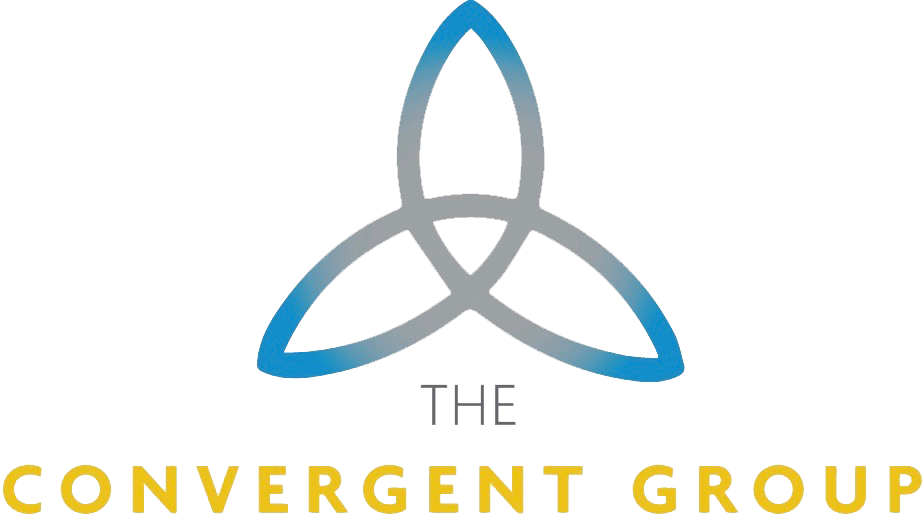Resilient employees demonstrate the ability to adapt, bounce back, and thrive in the face of challenges, setbacks, and stressors in the workplace. They possess a set of skills, behaviors, and attitudes that allow them to maintain their productivity, well-being, and effectiveness even in difficult circumstances.
Resilience is a skill that can be developed and strengthened over time.
Leaders can support the development of resilience in employees by fostering a positive work culture, providing opportunities for growth and development, offering support and resources for managing stress, and recognizing and rewarding resilience and adaptability.
Here are some steps you can take to build a resilient team:
1. Define the team’s purpose and goals: Clearly articulate the purpose and goals of your team. Ensure that team members understand the broader organizational objectives and how their work contributes to them. This clarity will help them adapt to changing circumstances while staying focused on the desired outcomes.
2. Foster a culture of adaptability: Create an environment where adaptability is encouraged and celebrated. Encourage open communication, risk-taking, and learning from failures. Emphasize the importance of being flexible, agile, and responsive to change. Recognize and reward team members who demonstrate adaptability in their work.
3. Recruit diverse talent: Build a team with diverse skills, backgrounds, and perspectives. A diverse team brings a broader range of ideas, experiences, and problem-solving approaches, making it more adaptable to different situations. Look for individuals who are open-minded, curious, and willing to learn and grow.
4. Encourage continuous learning: Resiliency requires a growth mindset and a commitment to learning. Encourage your team members to develop new skills, stay updated on industry trends, and expand their knowledge. Provide opportunities for training, attending conferences or workshops, and networking with professionals in their field.
5. Promote collaboration and cross-functional teamwork: Foster a collaborative environment where team members can work together across functions and departments. Encourage knowledge sharing, cross-training, and collaboration on projects. This collaborative mindset allows team members to adapt quickly by leveraging the expertise and insights of others.
6. Develop effective communication channels: Establish clear and efficient communication channels within the team. Encourage regular updates, feedback, and information sharing. Utilize tools and technologies that facilitate communication and collaboration, such as project management software, video conferencing, or instant messaging platforms.
7. Empower decision-making: Foster a culture of decentralized decision-making, where team members are empowered to make decisions and take ownership of their work. Provide guidance and support but avoid micromanaging. Empowered team members are more likely to adapt quickly to changing circumstances and make timely decisions.
8. Monitor and adapt: Regularly assess the team’s performance and adapt as needed. Monitor key performance indicators (KPIs) to track progress toward goals. Solicit feedback from team members and stakeholders to identify areas for improvement. Be open to adjusting strategies, processes, or team structure to better align with changing needs.
9. Lead by example: As a leader, demonstrate resiliency in your own actions and decision-making. Be open to feedback, embrace change, and continuously seek opportunities for growth. Your team will look to you as a role model, so modeling resiliency will encourage them to do the same.
Remember that building a resilient team is an ongoing process. It requires continuous effort, feedback, and adjustment to remain effective in a dynamic business environment.

